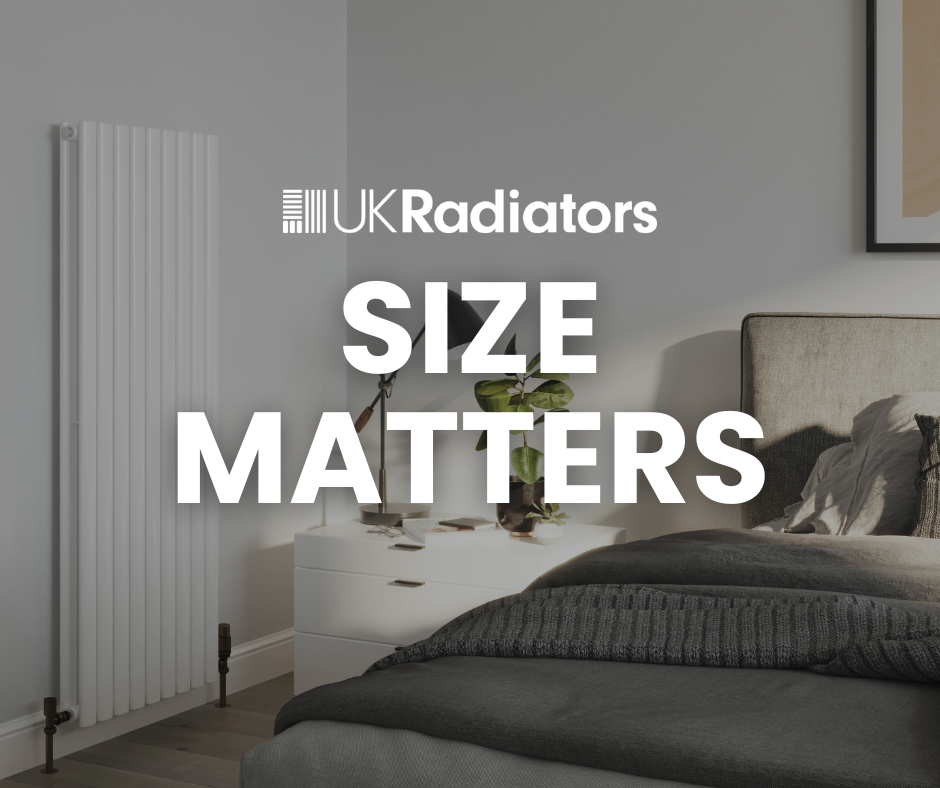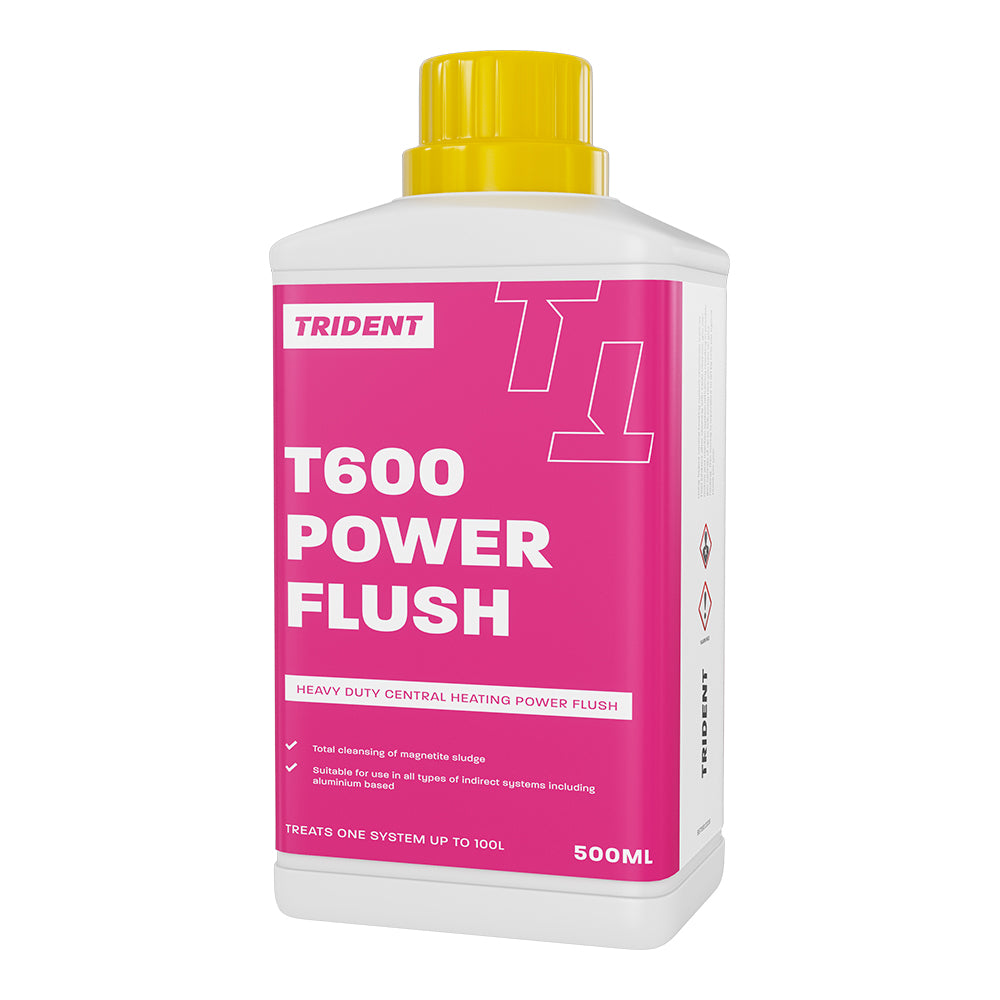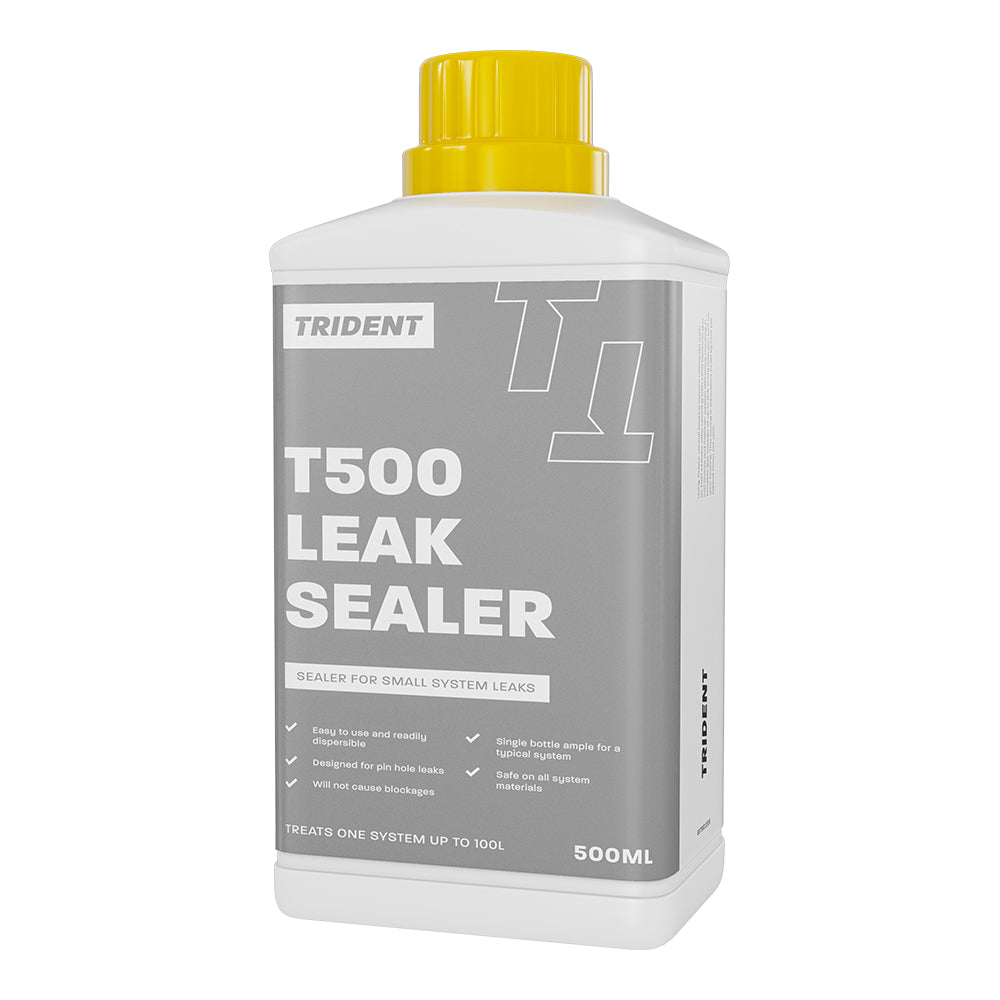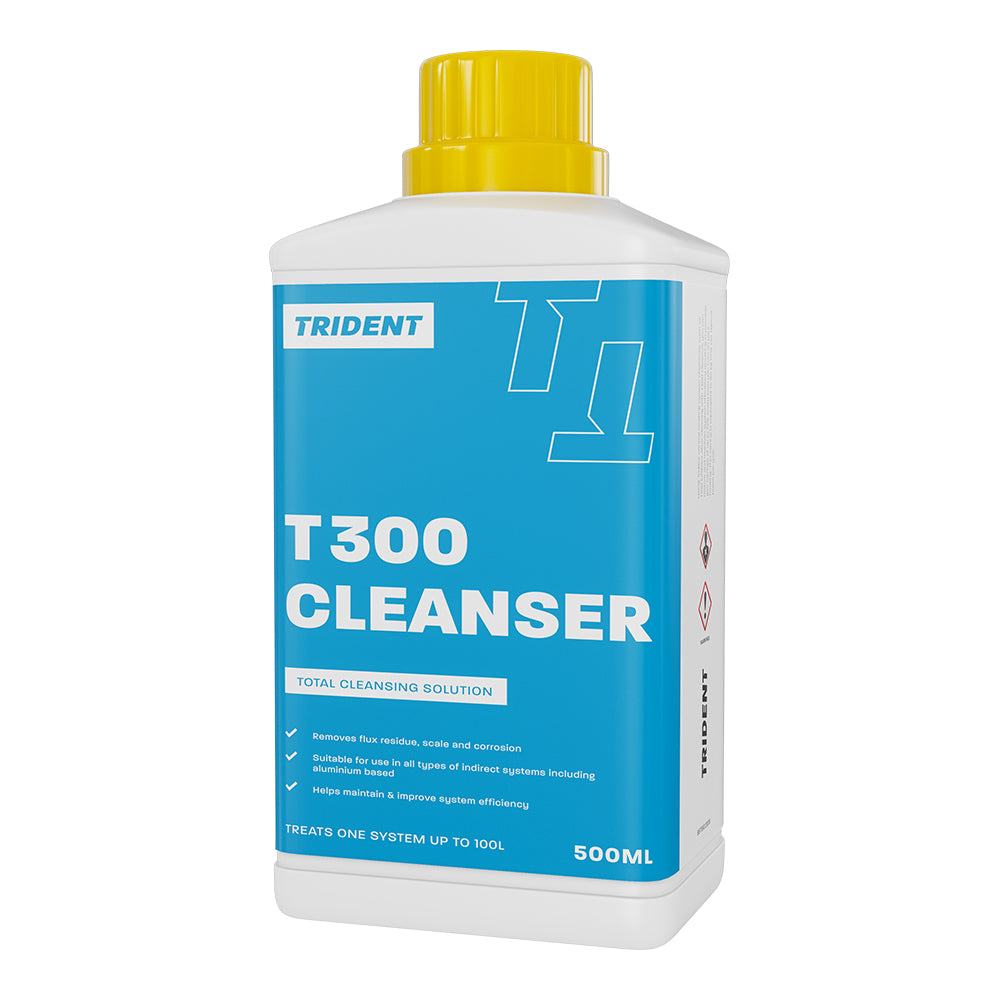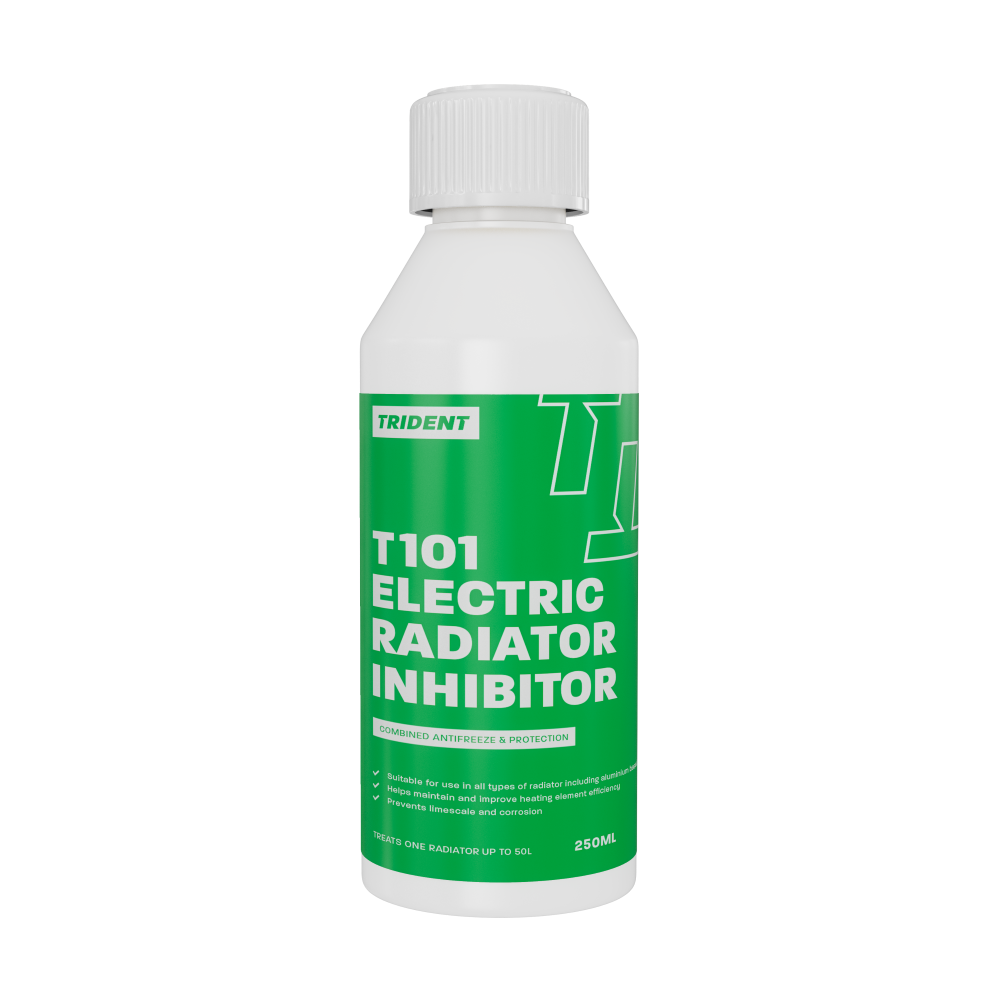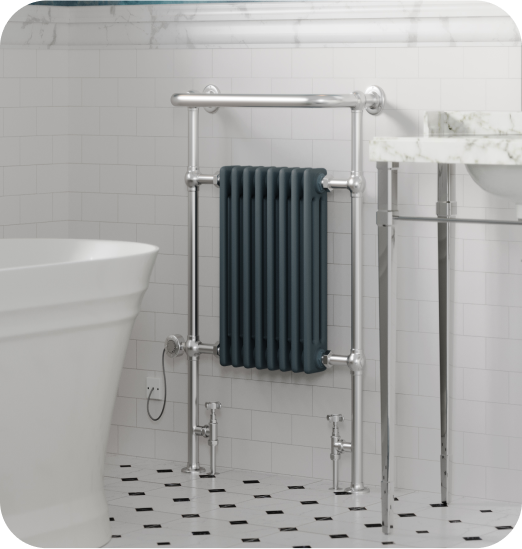
Weather compensation is the process of adjusting your central heating boiler temperature based on the outside temperature. The warmer it is outside, the lower the boiler temperature you need. Heating systems are sized in the home based on a winter design temperature, this temperature varies depending on your geographical location. For example, Brighton would be -1°C and the highlands of Scotland would be -6°C for design purposes. The winter design temperature is used to calculate a room’s external heat loss in Watts. The heat output of a radiator is matched against this heat loss value. How much heat is output by a radiator, while dependent on size of emitter (radiator), is also dependent on the temperature of the water flowing through it. The higher this water temperature is, the higher the radiator heat output. This means that when the temperature outside is higher (warmer) than your winter design temperature, you don’t need the water temperature in your radiator to be as high as your room requires less energy to maintain your desired internal comfort temperature. Therefore, you may be able to turn down your boiler temperature. For more information on this, see our
Understanding How Heat Energy Works – Background to Weather Compensation guide. Now we will step you through what you can do dependent on your set up. Below we have listed some steps that you can take to reduce your boiler temperature (and therefore, heating costs), depending on your system set up.
Step 1 – Do you have a hot water cylinder connected to your central heating?
If you have a hot water cylinder connected to your central heating then there are health risks around a bacteria called Legionella and further considerations are needed before any settings or temperatures on your system are changed. Because of this, if you are not 100% sure whether you have a hot water cylinder or not, then it's safest to assume that you have one. Yes – See our Should I turn my boiler flow temperature down to save money? guide No – Continue to Step 2 Don’t Know – See our Should I turn my boiler flow temperature down to save money? guide Note: You may have an electric hot water cylinder that is not connected to your boiler, if this is the case, your answer to the above is “no”.
Step 2 – Check that your boiler has the correct controls
In order to continue to step 3, your boiler should have both a central heating temperature setting and a hot water temperature setting. Note: If you have an electric hot water cylinder, then you do not need to worry about this step. If you only have one setting and you do not have an electric hot water cylinder, then you probably have a hot water cylinder connected to your central heating circuit, see Step 1 above.
Step 3 – Can you automate this setting?
A lot of more modern boilers are designed to work with weather compensation devices. These automatically adjust your boiler’s central heating flow temperature based on the external temperature. It may be worth investigating if this is the best option for you by looking up your boiler guide and seeing if this is an option. We do not sell weather compensation devices, but this would be the simplest approach. As well as this, you can also consider a boiler Modulation device which provides similar results based on internal temperatures. These two devices can work together for optimal efficiency and savings.
Step 4 – Manual Weather Compensation
You should only be changing the central heating boiler temperature in this guidance, this guidance is not for Hot Water settings or temperature.
Advanced Method
This can get quite tricky, there is lots to consider and simply “dropping the temperature to X” (you may have found advise like this online) may not work for you and can actually increase bills - see Understanding How Heat Energy Works – Background to Weather Compensation guide for further information on the potential risks and issues. You will also need to have your boiler user and set up guides to hand (there may be several guides you need to reference). These guides will tell you what the optimal settings are for energy efficiency, which would usually include information on both the flow and return temperatures, as well as the ideal temperature difference/gradient (delta) to achieve that efficiency. What you should find is that, across the UK, you can use these optimal settings regardless of your radiator size when it is more than 5°C
outside. It may work for temperatures lower than this, but it all depends on how your radiators were sized for the system in place. You may need to rebalance your system, which can involve adjusting radiator lock shield valves and pump speeds to ensure you have the optimal flow and return temperatures for your system. The flow and return temperatures represent the energy that is leaving the radiators and entering the room. In order to do this successfully, you will also need a way to measure the flow and return temperatures of your boiler and/or radiators. This will need to be done when the heating system is on and has run for a reasonable amount of time. Example – It is 18°C outside, you turn on your heating on to heat the room to 20°C, the chances are this will not be enough time for the boiler to get to temperature to measure the flow and return, because the temperature difference (2°C) is so little. This is more feasible when the outside temperature is below 13°C and the boiler/radiators are trying to heat the room to 20°C. Sometimes the boiler will be able to tell you this information via a display. Otherwise, you will need a temperature gun to point at the pipes either side of radiators, or you may need to get pipe thermostats. This should allow you to reduce your flow temperatures significantly for the majority of the year. When you raise the temperature of the boiler for the colder parts of winter, you may need to rebalance your system for the new settings. This is quite an arduous task, so for simpler steps or a quick win while you work out the advanced method we have prepared the following guidance.
Simple Method / Quick Win
While you should take the time to work out the advanced method, in the meantime you can do this. Make a note of your current boiler central heating flow temperature. If your boiler temperature is set to 70°C or higher, you can drop this by 10°C without too much concern around any other configuration. This will work for the majority of winter and should not impact your flow and return temperatures too much. However, you should measure and check the flow and return if you can. You should monitor room heat up times via the room thermostats and energy usage via your meter to check that the new settings have not had an adverse impact. This impact may change as winter progresses and days become colder. When the rooms struggle to heat up as the temperature outside drops, raise the temperature of the boiler. You shouldn’t need to go higher than the temperature that it was originally set to.
Step 5 – Recording Results for future use
It is handy to record what works for you on a table like the below, for different outside temperatures. If you only used the simple method, then you will only need the “Boiler Central Heating Flow Temperature” column. If you used the advanced method, then you can track at what points you needed to adjust the pump speed and rebalance the radiators. Doing this and keeping it near the boiler will allow you to maximise savings, as you will get the benefit of both gas and electricity (pump speed) savings.
|
Room Monitored:- e.g. Living Room Desired Room Temperature:- e.g. 20°C
|
| Outside Temperature |
Boiler Central Heating Flow Temperature |
Pump Speed Settings (If Changed) |
Did you need to rebalance radiators? |
| 17°C |
|
|
|
| 16°C |
|
|
|
| 15°C |
|
|
|
| 14°C |
|
|
|
| 13°C |
|
|
|
| 12°C |
|
|
|
| 11°C |
|
|
|
| 10°C |
|
|
|
| 9°C |
|
|
|
| 8°C |
|
|
|
| 7°C |
|
|
|
| 6°C |
|
|
|
| 5°C |
|
|
|
| 4°C |
|
|
|
| 3°C |
|
|
|
| 2°C |
|
|
|
| 1°C |
|
|
|
| 0°C |
|
|
|
| -1°C |
|
|
|
| -2°C |
|
|
|
| -3°C |
|
|
|
| -4°C |
|
|
|
| -5°C |
|
|
|
| -6°C |
|
|
|
| -7°C |
|
|
|
| -8°C |
|
|
|
| -9°C |
|
|
|
| -10°C |
|
|
|
Important Note about room thermostats
If you find yourself feeling cold after turning your boiler temperature settings down, it is important that you do not then turn up the room thermostat settings to compensate. This will not counteract lower boiler settings and simply cost you more money.





